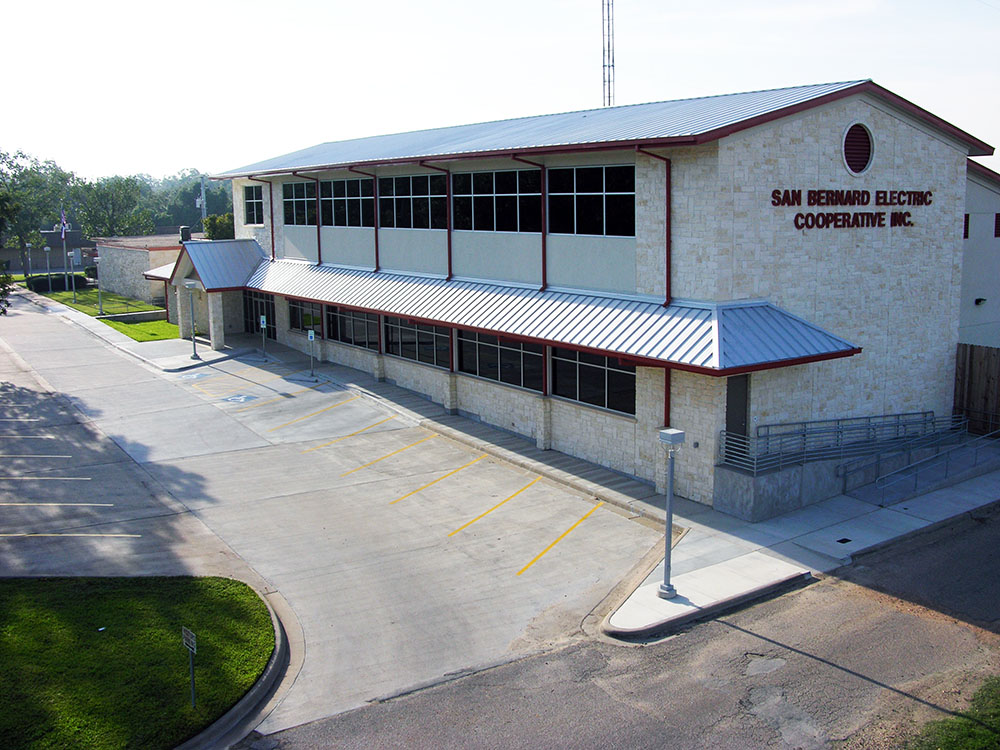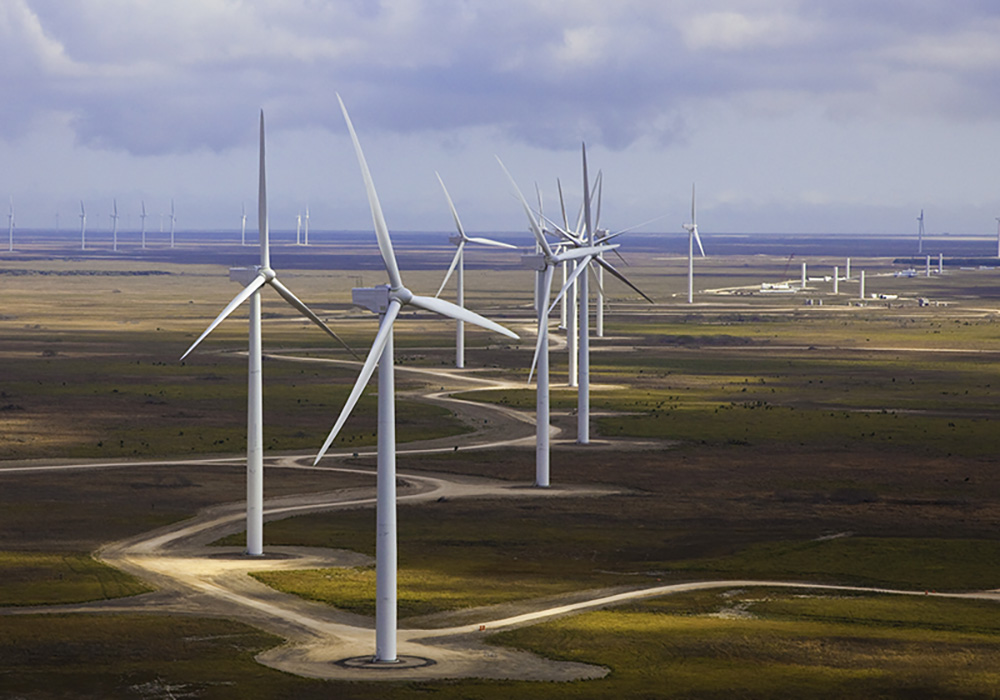
(Photo Courtesy: San Bernard EC)
Up until recently, when companies approached Billy Marricle about siting a new business or expanding existing operations in San Bernard Electric Cooperative’s service area, he was in the unenviable position of having to pass on the opportunity.
“We’ve actually had to turn down new load because we could not serve them when they came knocking on our door,” said Marricle, the co-op’s president and general manager. “We’ve lost business to nearby utilities because transmission capacity constraints made it impossible to meet industrial load growth demand in their time frame.”
The Bellville, Texas-based distribution co-op serves parts of seven counties west and southwest of Houston and has been experiencing rapid residential expansion and a spike in oil and gas operations impacting the broader southeast Texas region.
But as a relatively small co-op—about 29,000 meters—SBEC had scant leverage in the wholesale energy markets and even less influence advocating for approval of new regional transmission infrastructure.
Such challenges were among the factors that led Marricle and his co-op to apply to become the newest member of South Texas Electric Cooperative.
“G&T membership would lessen our exposure to wholesale market pricing and give us the strength of a much larger collective voice in both regulatory and legislative matters,” said Marricle.
STEC accepted the co-op’s application on July 1.
The Nursery, Texas-based G&T has also seen unprecedented growth over the past decade and has responded with a commitment to expanding transmission, diversifying generation and pursuing long-term power-purchase contracts to meet the needs of its member co-ops.
Its power supply portfolio totals 2,030 megawatts, including ownership of three power plants with a capacity of 600 megawatts and agreements for solar, wind and hydroelectric power, plus lignite and natural gas generation from various sites, including some leased and operated by a subsidiary.

“The combined scale of our operations enhances our ability to secure financing at favorable rates,” said General Manager Mike Kezar, adding that two-thirds of STEC’s generation resources are now contracted services and assets. “That’s allowed us to reduce our risk while diversifying our generation portfolio. We’re able to hedge against fuel cost volatility by dispatching resources based on price.”
Marricle expects the new G&T affiliation will help SBEC provide much greater rate flexibility, a major incentive to potential new commercial and industrial members.
“When we contracted for wholesale power independently, our costs were largely fixed when markets were high, but when demand and markets were low, we’d wind up dumping excess power back into the market at lower prices,” said Marricle. “We’ve had diversified resources contracted locally, but STEC membership gives us access to resources across a much broader footprint. That will help us hold down costs for our members.”
An Integrated Approach
Since reorganizing in 2015, STEC has made significant structural changes that help the G&T control costs, including the ability to meet 110% of seasonal peak demand with generation it owns or purchases through contracts.
“When market prices are low, we can shut down our peaking plants and buy power from the market, but when prices are high, it is less expensive to run our resources,” he said. “The result is that we are consistently providing the lowest-cost energy to our members.”
In addition, the resources STEC contracts under power purchase agreements are spread across the service territories of its distribution co-op members, which mitigates the financial effects of transmission constraints and improves the co-op’s wholesale revenue performance.
“We’re currently involved in a strategic review of our power supply portfolio,” said Kezar. “We’re working with the board and senior staff to determine whether we should consider adding peaking power resources, battery storage or more renewable energy. We think it’s vital that our distribution co-op managers and their elected boards be involved, so we’ve held numerous workshops on those issues.”

STEC’s integrated approach to planning and operations and its ample experience with expanding transmission and substation capacity given the region’s exponential oil and gas growth were key factors in San Bernard’s decision to join the G&T, said Marricle.
“[Membership] will provide opportunities for us to limit our exposure as we continue to work to meet the current needs and growth of our consumer-members,” said Marricle. “It also gives us opportunities to expand our services and programs to address future member needs with shared resources that might be too expensive for us to provide independently.”
Kezar agreed that “all of our members benefit from the shared costs, risk management and strategic planning. The G&T/distribution cooperative model provides opportunities to tailor service to each member for the benefit of their member-consumers while reducing exposure to the market,” he said. “Anytime you add more members, there are benefits of load growth and diversification to all the members, including better financing, improved credit ratings and more responsive relationships with policymakers than a smaller system might have.”
Derrill Holly is a staff writer for NRECA.